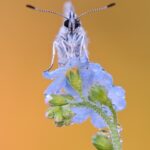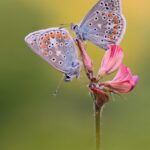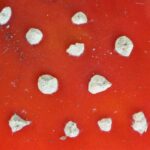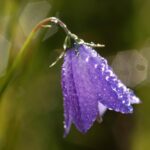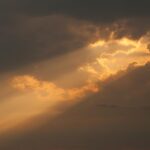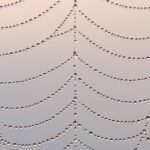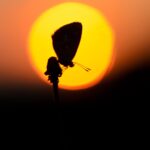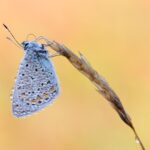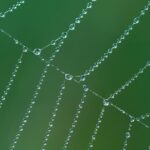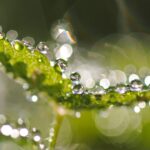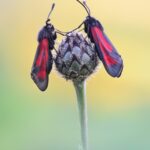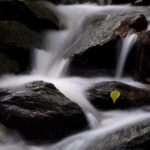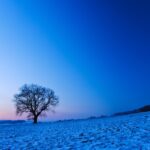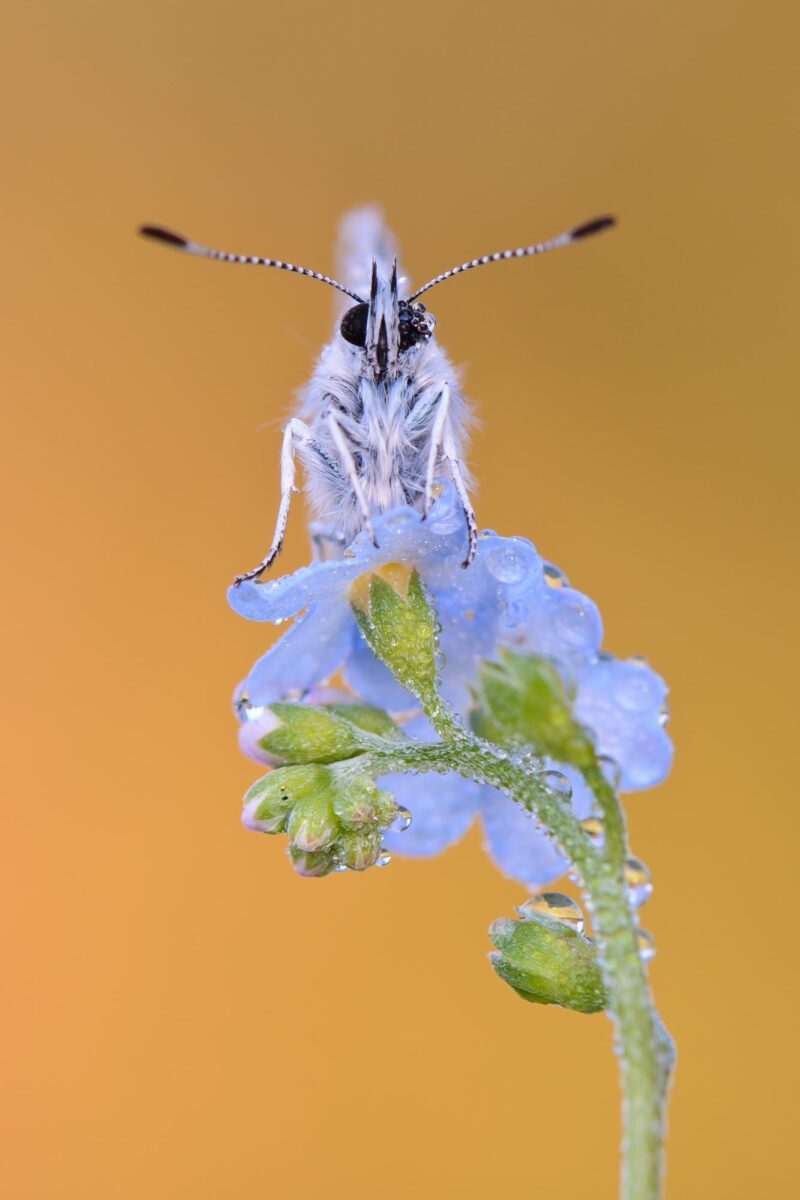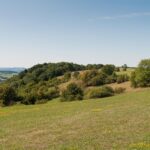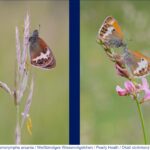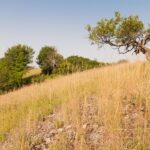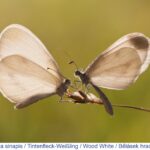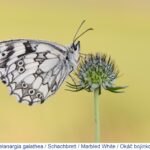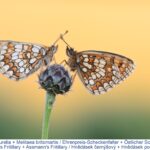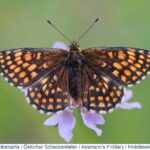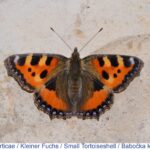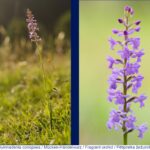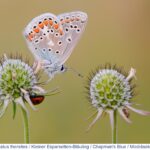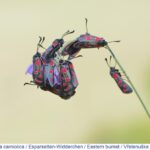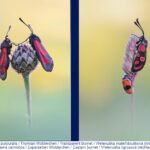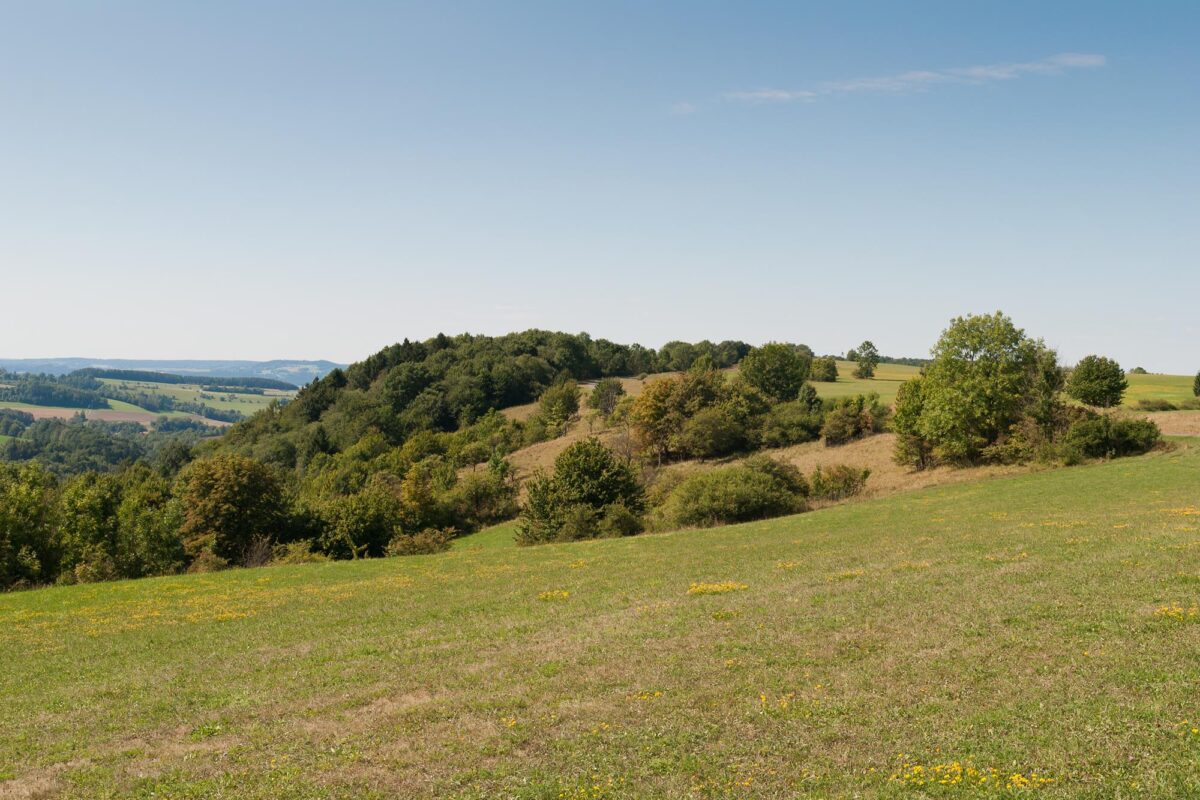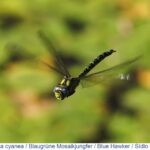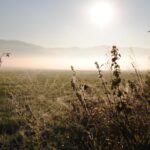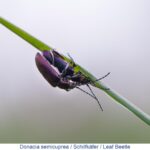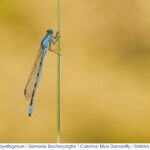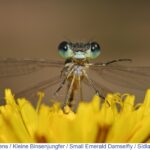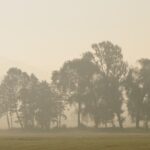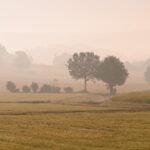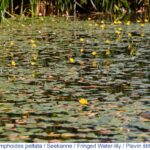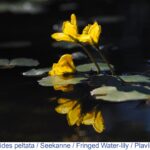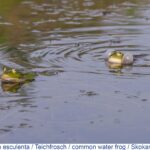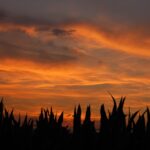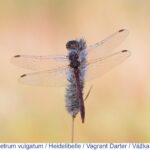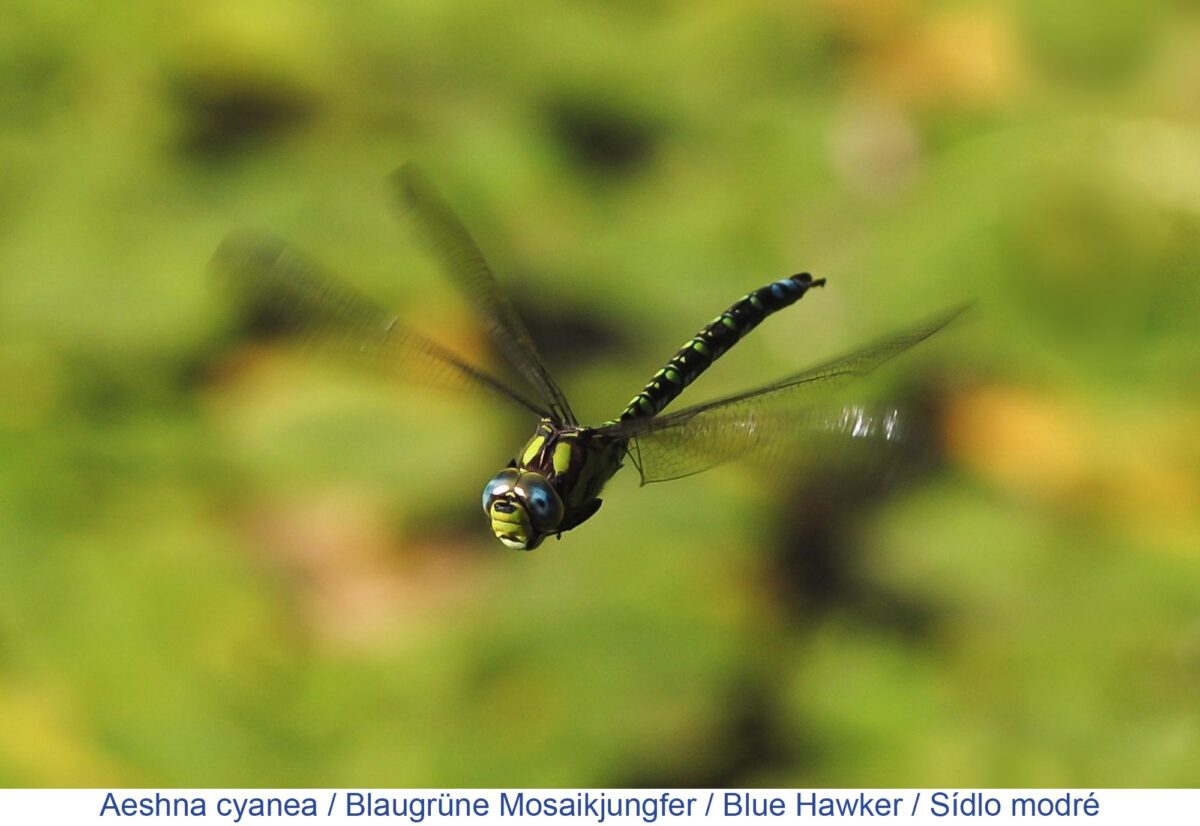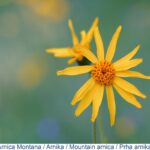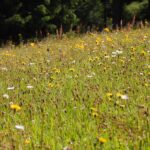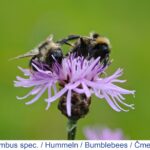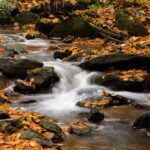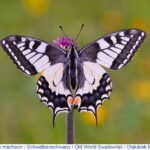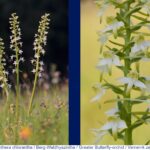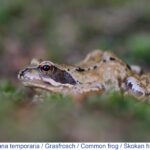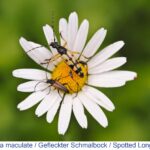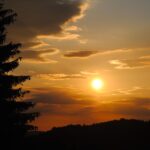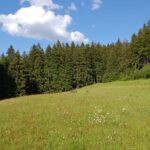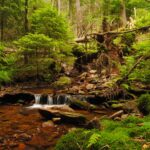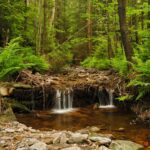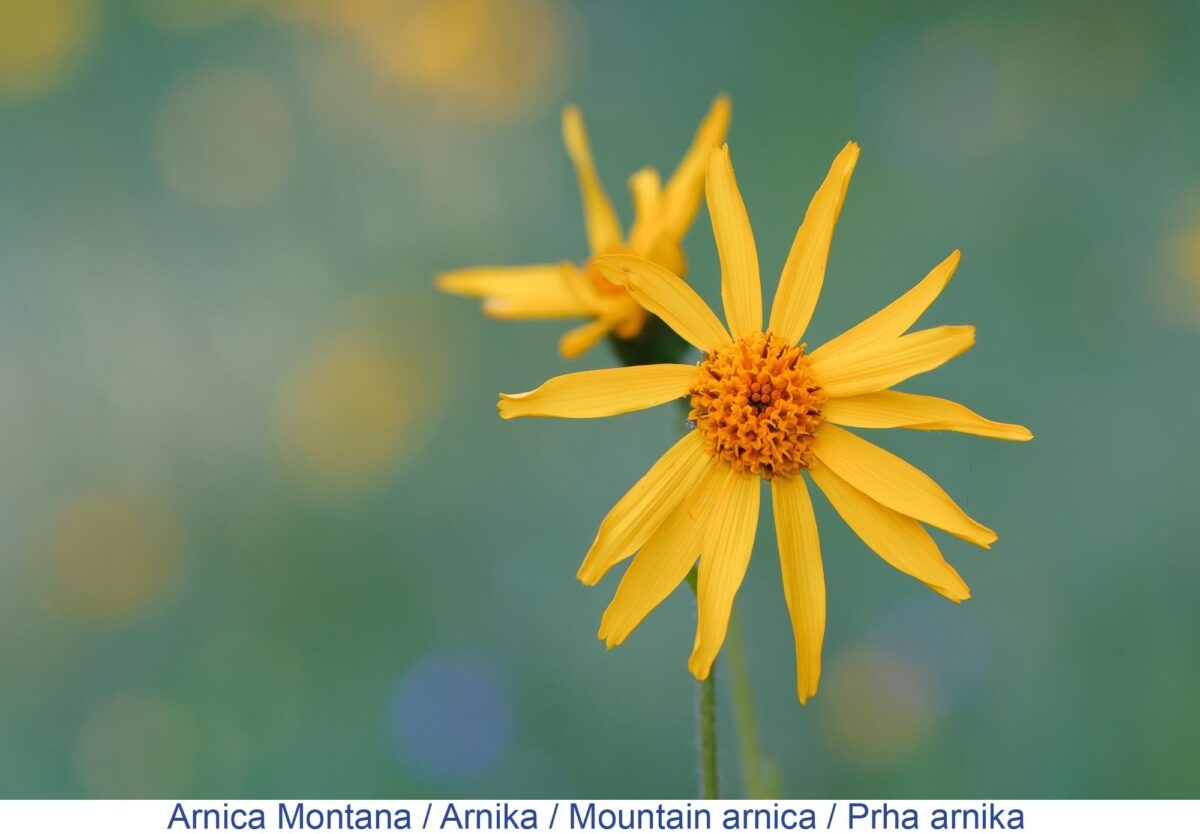Local Nature
The town of Goldkronach is nestled in beautiful, refreshing nature.
Like neighboring Berneck, Goldkronach has also, through its location at the edge of the Fichtelgebirge, many natural rivulets and wetlands. Goldkronach boasts a lake and a total of 17 streams; the largest, the Kronach, splashingly crosses the marketplace.
The Bad Bernecker photographer Florian Fraaß is fascinated not only by the habitat of water: the QR-Tour brings you his wonderfully detailed shots of everyday life in ponds and streams around Goldkronach, as well as his photographs of species-rich forest meadows, and of the nature reserve Oschenberg, which lies south of the city.
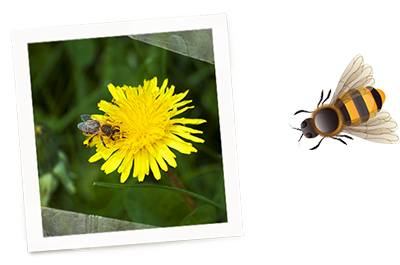
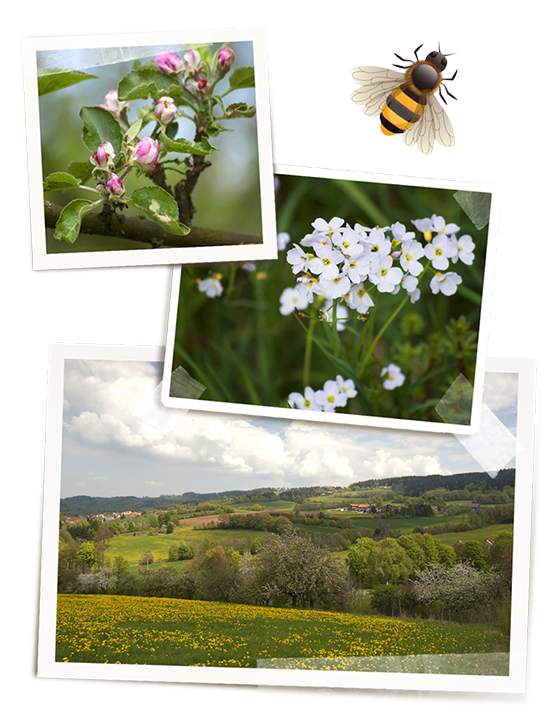
Tip:
The ‘Streuobstwiese’ – an orchard (see Video) and the Fürstenstein – Prince’s Stone (see Info) should be mentioned as interesting natural areas in Goldkronach that are well worth a visit.
“Die Goldene Aussicht” – The Golden Viewpoint on the Goldberg
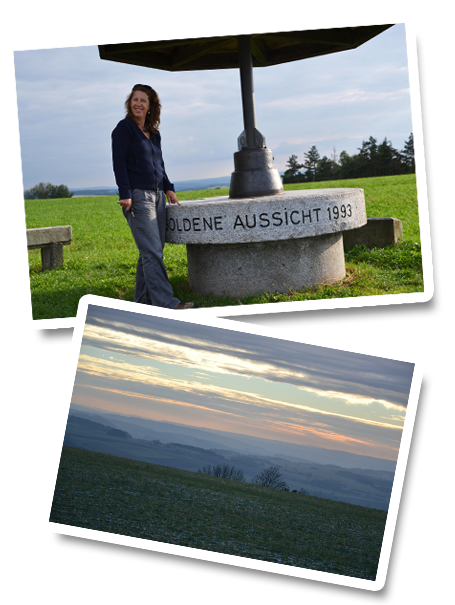
Located northeast to the town is the Goldberg (Gold Mountain), which is particularly interesting for its gold mining history.
But there is also impressive nature here – views over the surrounding countryside and dense woodland offering, for example, magnificent mushrooms in autumn.
The Golden View on the Goldberg is a wonderful perspective from which one can see far into the surrounding country: to the north are the Fichtelgebirge mountains, and to the south lies the valley towards Bayreuth.
A round platform shows the distances to many places.
Here you can also see the progression of the Franconian line very clearly, on through Nemmersdorf. A display board explains this geological phenomenon.
Hiking Tips:
The walk from the Market Square to the Golden View on Gold Mountain takes about 25 minutes.
From the Golden View to the Prince’s Stone (Fürstenstein) takes a further 22 minutes.
The trail leads right past the Information House on Goldberg, where you can wash gold in the summer months. From there you can also visit the gold mines. (see QR30)
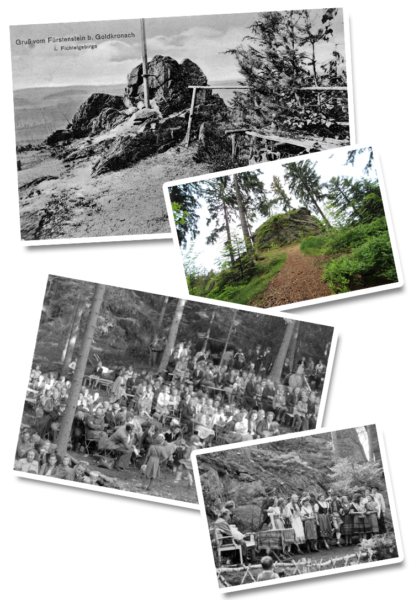
The Fürstenstein on Goldberg
The Fürstenstein (Prince’s Stone) (675 m ASL) is a rock formation on the north face of the Goldberg (‘Gold Mountain’). It consists of Gneisphyllit with specks of black slate and was recognized for its geological features and is now a protected natural monument. The rock summit was formerly much larger, but by the mid-19th century stones were removed for the building of the Mining Office building, which relocated in 1856 from Wunsiedel to nearby Brandholz. Today the Prince’s Stone still measures 30 m wide, 30 m long and 15 m in height.
The rock formation takes its name from the mining area, the Prince Colliery, in which it lies. In old mine records, the name is written as “Förstelstein”.
The Prince’s Stone has been used as a natural stage for events. The Brandholzer brought tables, chairs and benches up to the stone to create a kind of public space. The rock was then transformed into a stage upon which plays and musicals were performed. With the advent of television in the ‘60s, the Prince’s Stone lost this meaning for the inhabitants of Brandholz. Old photos still convey an impression of the diversity of cultural performances.
Source: Dietmar Herrmann, Fichtel Mountain Club Wunsiedel
Tip: How to get to this remarkable Geotop:
From Brandholz-Beerfleck, follow the trail FGV-west route.
or:
From the Info-House Goldberg it is approx. 15 min. on foot to the Fürstenstein.
Off the Beaten Track – The Art of Photography
Photos by Florian Fraaß, see Diary and Credits
The Orchard
To offset a building development, the Bund Naturschutz (Nature Conservancy) began over 20 years ago to plant an orchard with the support of the town Goldkronach. Over 100 trees have since been planted, cared for and labeled. In ‘SPECIAL’ you will find a list of the 100 different kinds of regional fruit trees, including apples, pears, plums and damson.
The orchard is at the crossroads of Am Ebentlein and Froschgasse, in the vicinity of the diabas rock ‘Ebentlein’ which abounds with a variety of organisms and wildlife.
Short documentary with Martina Neubauer, Hilmar Böhner und the beekeeper Stefan Traßl.
Nature Reserve: Flora and Fauna on the Oschenberg
Only a few kilometers from Goldkronach lies the nature reserve of Oschenberg.
A military field exercise and restricted area was situated on the 528m high mountain plateau from 1962 to 2007. Hence intensive agricultural use was not possible and now ideal conditions exist for a wide variety of animals and plants. Today the Oschenberg is a popular recreation area and a treasure trove for nature lovers. The area is known nationally for its diversity of butterflies. Over 25 endangered butterfly species live on the dry grasses on the limestone slopes.
Orchids can also be found here sporadically. One should not leave the paths in a conservation area if possible. But look around you from the excellently marked trails, there is a lot to discover.
Photos by Florian Fraaß, see Diary and Credits
Fascination water: Observations on Ponds and Streams
Around Goldkronach there are still several small pools which represent an important habitat for dragonflies and amphibians.
The large dragonflies are particularly striking, hovering in the air like helicopters, looking out for prey or for mates.
Water in a very different form is shown from the end of August during the “Indian summer”. Morning dew and fog enchant the onlooker; through the accumulation of droplets on cobwebs, sections of the plants and the insects, a melange of fascinating structures is created.
Surrounded by the gentle morning mist, nature seems almost unreal.
You can watch this stunning display of nature particularly in the valley between Goldkronach and Neudorf, since here, in late summer, fog and moisture tend to accumulate.
Photos by Florian Fraaß, see Diary and Credits
Forest Meadows around Goldkronach: Diversity of Species for Nature Lovers
As a result of intensive farming, species-rich forest meadows have become rare.
Nevertheless, there are still a few natural meadows around Goldkronach today.
You will be surprised that such a variety of species can be found on such a small piece of earth.
In addition to numerous insects and butterflies, there is some unusual flora, including the now very rare and protected medicinal plant arnica, and rare wild orchids.
At the side of these meadows are romantic rippling forest brooks such as the Zoppatenbach or the Kronach brook, a tributary of the White Main River.
They provide superlative enjoyment of nature and suggest an almost jungle-like atmosphere.
Photos by Florian Fraaß, see Diary and Credits
Florian Fraaß – A nature photographer
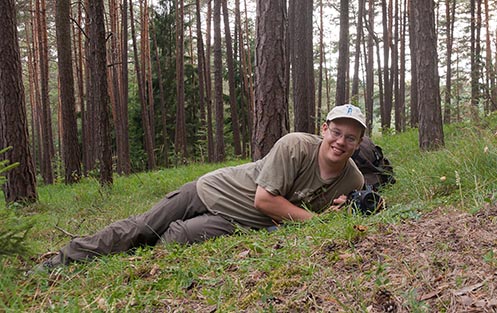 Even as a child was I very fond of the nature on my doorstep.
Even as a child was I very fond of the nature on my doorstep.
Mother Earth looks particularly lovely in the spring when the tender green runs like a gentle veil over the trees. The air is getting warmer and the well-structured hiking trails are an invitation to enjoy the outdoors.
To capture these beautiful moments, and also to make them available to others, is the real excitement I get from nature photography. The camera is my constant companion. I especially love butterflies. To see a butterfly and to photograph it in action is a very important thing. When doing this you really need a little bit of luck and to be in just the right place at the right time.
I wander for hours and days to find this one right moment. Of course, it’s not just the picture that is crucial; more importantly for me is the photo experience – or, in other words, the experience of nature. And for such beautiful nature experiences the Fichtelgebirge is a wonderful place.




